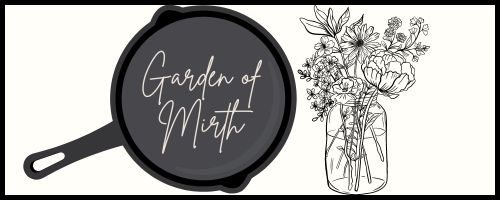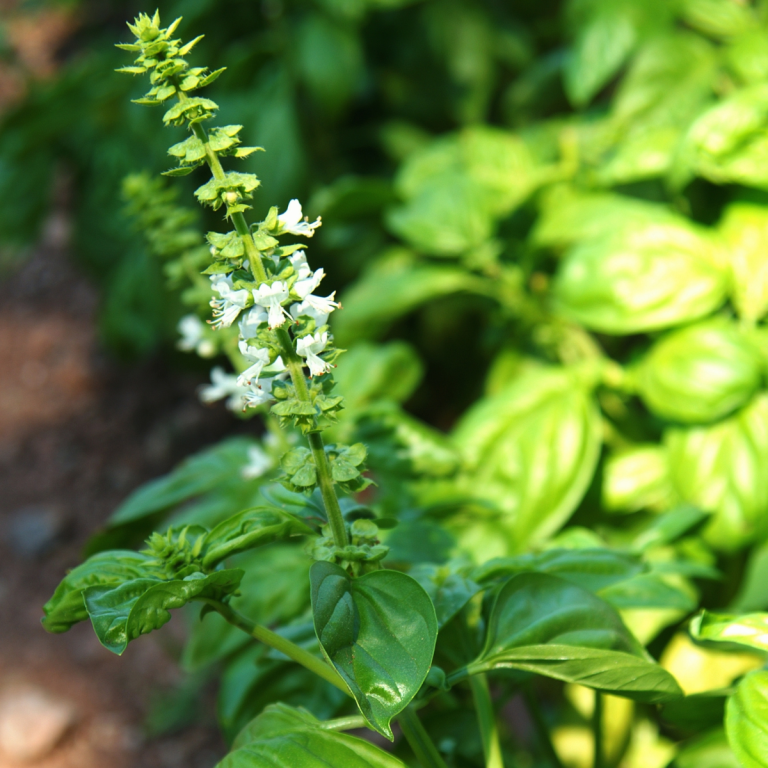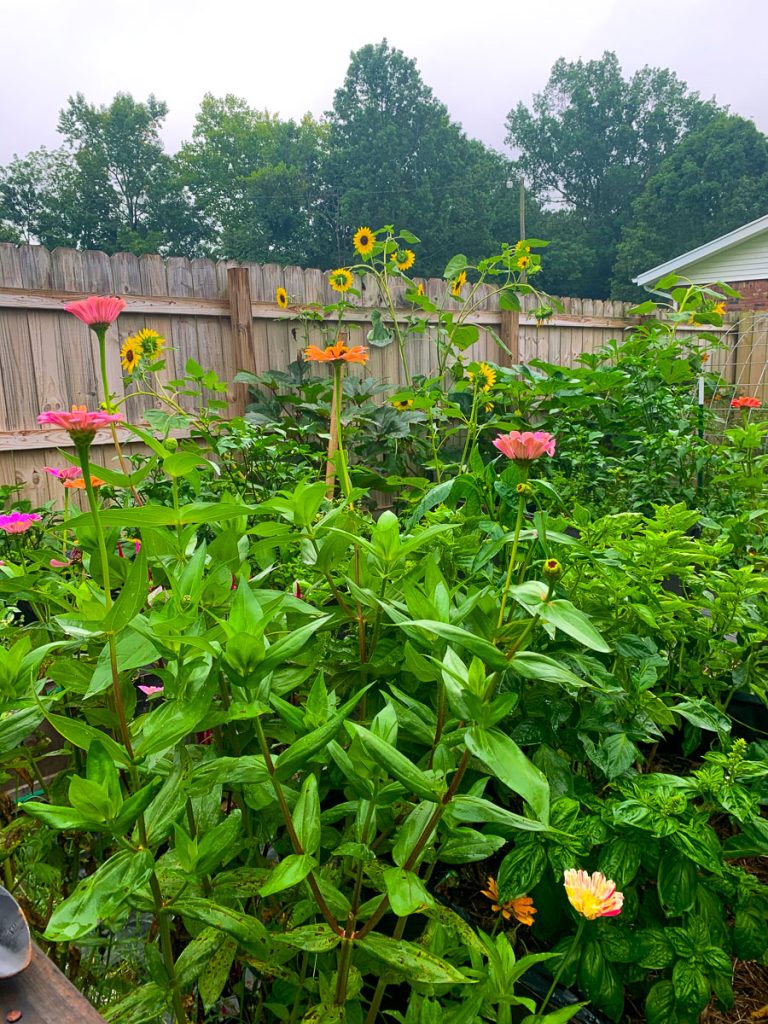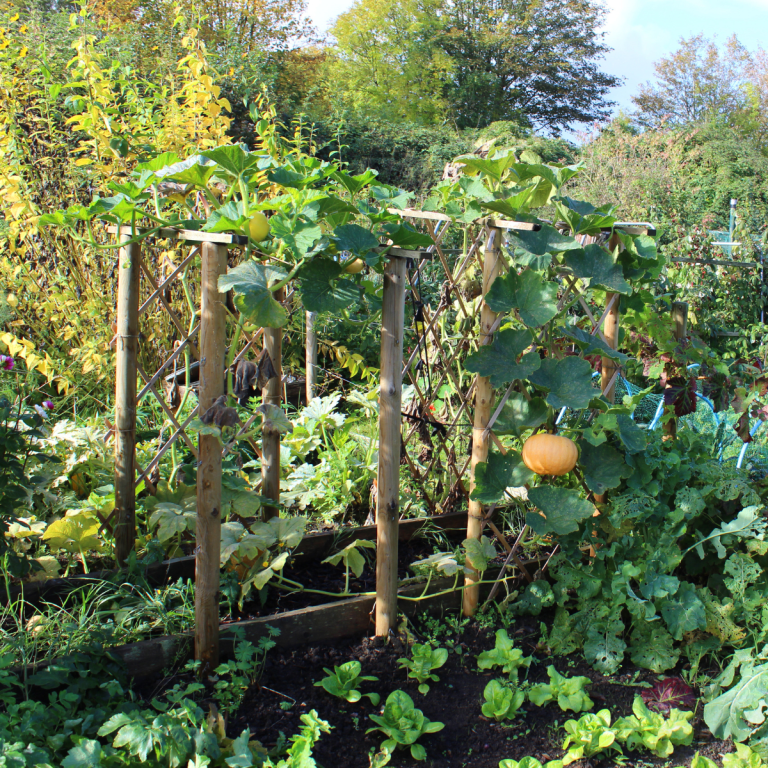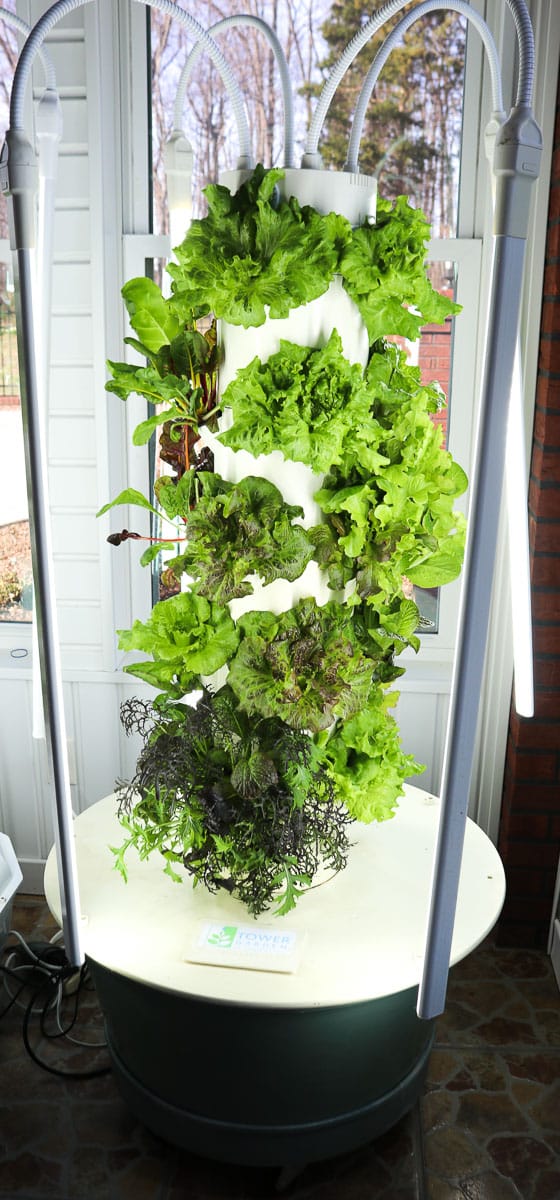The Best Mulch for Strawberries & Easy Mulching Guide
When you grow your own food, every detail matters—from what you plant to what you mulch with. And when it comes to strawberry plants, choosing the best mulch materials can make all the difference between a handful of berries… and a bushel basket overflowing with sweet, sun-kissed fruit.

In my garden, strawberries aren’t just a treat—they’re a staple. I use them in everything from homemade preserves to homemade dressings.
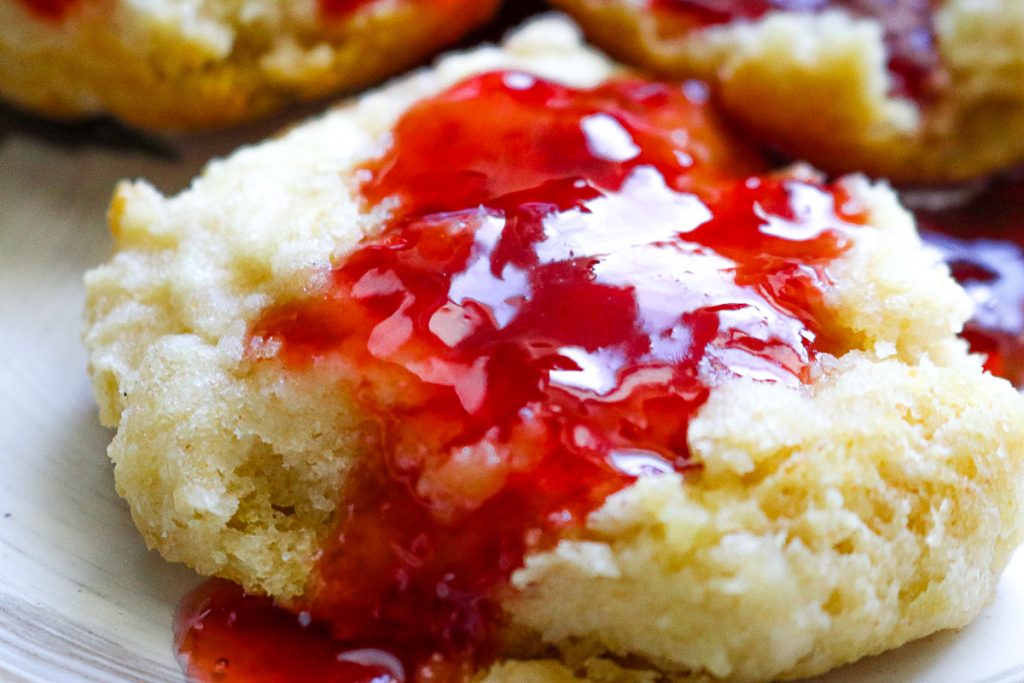
But before we can enjoy them in the kitchen, we have to set them up for success in the soil. Strawberry plants, like fruit trees, will feed you for many years if you give the plants what they need and that starts with the right mulch.
Why Mulch Matters in Your Strawberry Patch
Whether you’re growing strawberries to enjoy fresh or preserve for later, a healthy mulch routine is one of the best ways to ensure a strong harvest.
While choosing the right location, fertilizer, and mulch will certainly improve your yield, take heart—strawberries are very hardy plants. I’ve even had them root in just half an inch of dirt on top of a plastic tarp!
Of course, they’ll do far better when they can send roots deep into nutrient-rich soil. Let’s break down the best mulches for growing strawberries:
The right mulch:
- Keeps soil moisture consistent (critical for large, juicy berries) by retaining moisture on the soil surface instead of letting it evaporate during the warm summer months. A good mulch will also allow for good drainage preventing root rot issues.
- Protects flower buds, new growth, and ripening fruit from rot
- Provides weed suppression by suppressing weed seeds and unwanted competition from growing. A thick application of mulch will also smother out existing weeds that have germinated by limiting their access to sunlight.
- Helps prevent fungal diseases by keeping berries off damp soil
- Moderates soil temperature in early spring and late fall
- Reduces risk of winter injury and provides essential winter protection
- Adds organic matter to the soil as it breaks down
If you’re planning to plant a new strawberry patch, or revitalize your existing strawberry beds, choosing the right mulch is one of the best ways to support strong, flavorful fruit during the growing season.
The Best Types of Mulch for Strawberry Plants
1. Wood Chips or Rugged Bark Mulch – The Best Option
If you’re looking for a good choice that improves your soil, deters pests, and supports strong growth, wood chip mulch is my top recommendation.
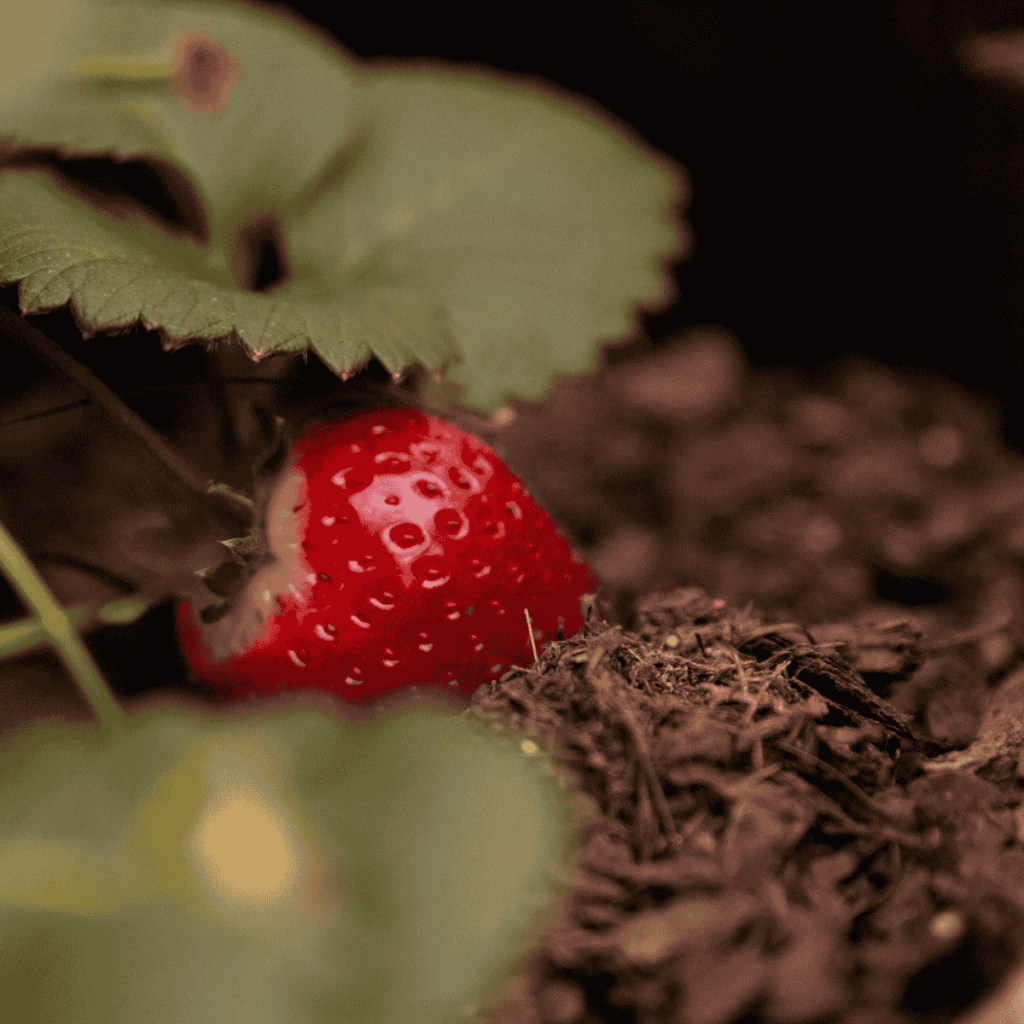
- The sharp, rugged bark makes it hard for pests like slugs to get to your berries.
- It helps retain soil moisture without causing water logging.
- As it breaks down, it adds important organic matter to your soil.
- It provides the perfect conditions for strawberry runners to root and support new growth, easily increasing your strawberry yield for the next season.
Aged bark mulch or wood chips also provide a natural look that fits beautifully into any garden bed. Just avoid piling the mulch up directly against the plant crowns to prevent rot or moisture issues.
Choose a rugged bark mulch instead of smaller wood chips to help deter soft pests like slugs which can absolutely destroy your strawberry crop!
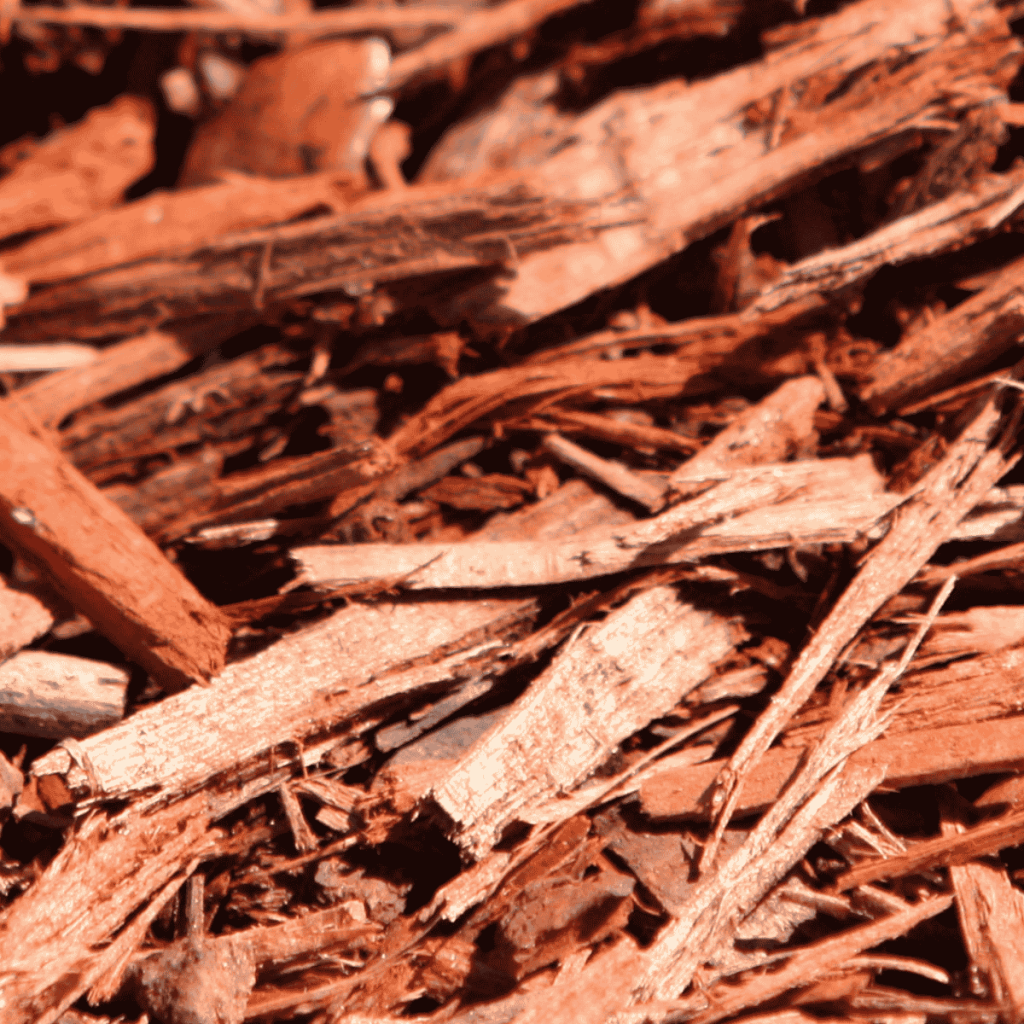
2. Hay- Fast Breakdown, Great for Soil
Hay, in my opinion, is the unsung hero of the garden. Using hay as mulch is often villianized for the potential of finding weed seeds in the hay. However, the benefits in my opinion far exceed the risks, and for the weed seeds, there are ways to avoid this!
- Breaks down pretty quickly and feeds the soil good nutrition as it does so. Hay gives the soil many beneficial nutrients, but is especially high in nitrogen which provides good leafy growth.
- Aerates the soil- as the hay breaks down, it works to aerate the soil by adding more organic matter. This gives the plant roots more space to grow down to access water and nutrients.
- Weed Suppression- a thick layer of mulch forms a cover that smothers out any potential weed seeds from germinating by blocking their access to light and water. More tips on this below.
To avoid sowing a thick layer of grass when mulching with hay, be sure to layer the hay on really thick. A depth of 10-12 inches is essential to blocking out light and water for weed seeds.
If you are starting on bare soil (or soil with weeds already present) use cardboard in between plants and then layer on the hay mulch.
This kills out existing weeds and brings worms to the soils surface. Worms are a fantastic addition to your soil as they also help to aerate and fertilize the soil (hello worm castings!).
Another tip- if you have chickens, let them pick through the hay first as they will eat most of the seeds. Once the chickens have done the hard work for you, rake up your hay and mulch away!
This is my favorite way of reducing weed seeds in my garden. The chickens will definitely thank you for it!
To read more about growing plants in a Ruth Stout style garden using deep layers of hay, click here.

3. Grass Clippings & Leaf Mulch – The Affordable Option
If your goal is to boost soil fertility and root strong new plants, fast-decomposing mulches like grass clippings and leaf mulch are excellent choices. These options are also among the most economic as they are generally free!
These mulches:
- Break down quickly and enrich your soil with organic matter
- Support healthy new growth and better fruit development
- Maintain consistent soil moisture through hot, dry periods
Dried clippings work best, as fresh grass can mat and cause mold. And only use grass that hasn’t been treated with herbicides that can harm your garden.
You can also blend pine straw into the mix for an acidic edge that strawberries often benefit from, especially in naturally alkaline soils. If you need help testing your soil ph, contact your local agriculture extension office and they can help you.
4. Pine Needles – Natural, Lightweight, and a Good Companion
Pine needle mulch is often overlooked, but it’s a good choice for those who want a lightweight mulch that’s easy to spread. It’s also a perfect addition to any berry patch because it is acidic.
- Slightly acidic, which strawberries appreciate. If you aren’t sure what the soil ph of your strawberry patch is, your local extension office can help you run a soil test.
- Allows excellent airflow around plants, reducing risk of fungal diseases
- Doesn’t mat like grass clippings or trap moisture against the crown
- Takes longer to break down than hay, grass clippings or leaf mold, but you also won’t need to replace it as often.
While it doesn’t offer much quite as much as hay, grass or leaves in terms of nutrition, pine needles pair beautifully with leaf mulch or wood chips for a layered, healthy mulch strategy. Even when used alone, pine straw will eventually break down into humus which berry plants will especially love.
5. Straw Mulch – A Common Choice
Straw mulch is really popular because for many it is easy to find and tends to have less weed seeds than some hay.
- Helps to maintain soil moisture, soaking up the rain in early summer and slowly releasing it in the dog days of summer when rain is less frequent and the temperatures are higher.
- Acts as an insulator- straw mulch helps to regulate the temperature of the soil around the plants to protect from excessive heat and cold. Farmers use straw for a similar reason in winter to keep their animals nice and warm.
- Keeps fruit off the ground, reducing the risk of rot or pest damage.
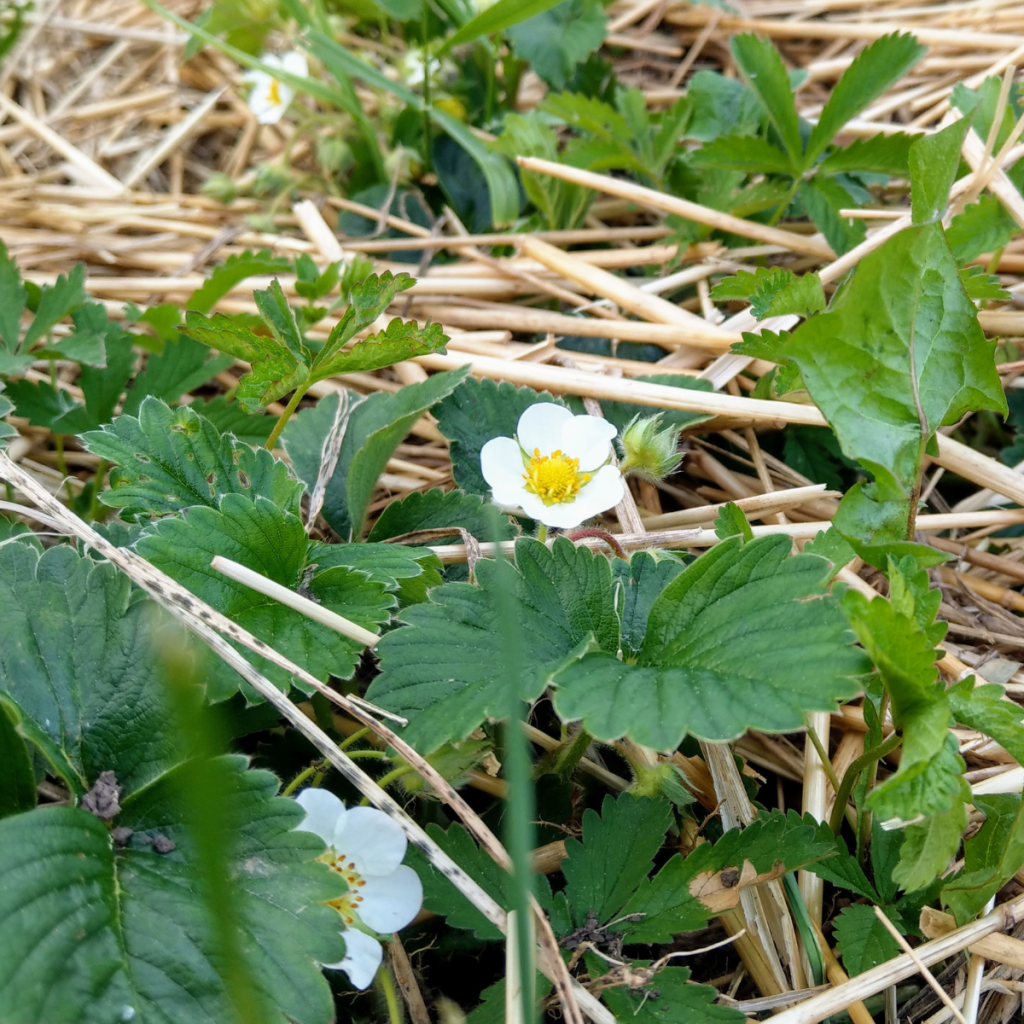
I have noticed that I often do find weed seeds in the straw unless bought in a package that specifically states seeds have been removed. Buying clean straw in packages like this is more expensive than buying it by the bale, but can be an option for home gardeners with small gardens.
However, there is a reason I have put this near the end of the list. In my experience, straw tends to take a really long time to break down and doesn’t add much to the soil when it does. For this reason, wood mulch, hay, grass clippings and pine needles are my preferred mulching materials for strawberry planting.
6. Biodegradable Plastic Mulch – A Sustainable Alternative to Black Plastic
If you’re looking for something more modern, biodegradable plastic mulch is a fantastic alternative to traditional plastic sheeting. There are many kinds, but my favorite is Bio360. This product is made from Mater-Bi, a vegetable starch-based raw material that is compostable. Film can be turned into the soil at the end of the growing season, or left on the surface to break down. No residue is left in the soil.
- It helps warm the soil in early spring, giving your plants a head start.
- Provides excellent weed control throughout the growing season.
- Breaks down naturally over time without adding waste to your garden. It can also be tilled under with no ill effects to your garden.
It won’t contribute organic matter, and it’s not ideal for runner development, but it’s a smart choice for busy gardeners who want clean, tidy beds without using synthetic materials long-term.
You can allow runners to grow and create new strawberry plantings by cutting a small slit in the plastic and tucking the runners in the slits so that they can touch the soil. Of course, with this product being biodegradable, you will not be able to use this season to season.
7. Black Plastic Film – Useful in the Right Conditions
Black plastic film or sheeting is widely used in commercial settings for its effectiveness in warming the soil and suppressing weeds. You can often find black plastic being used in commercial greenhouses as well.
- Boosts early growth in cool climates
- Preserves soil moisture. The film is semi-permeable, which allows rain and water to seep through. Drip irrigation can be used over or under the sheeting.
- Reduces competition from weed seeds
However, it doesn’t break down, adds no nutrition to the soil, and makes it harder for runners to establish new plants.
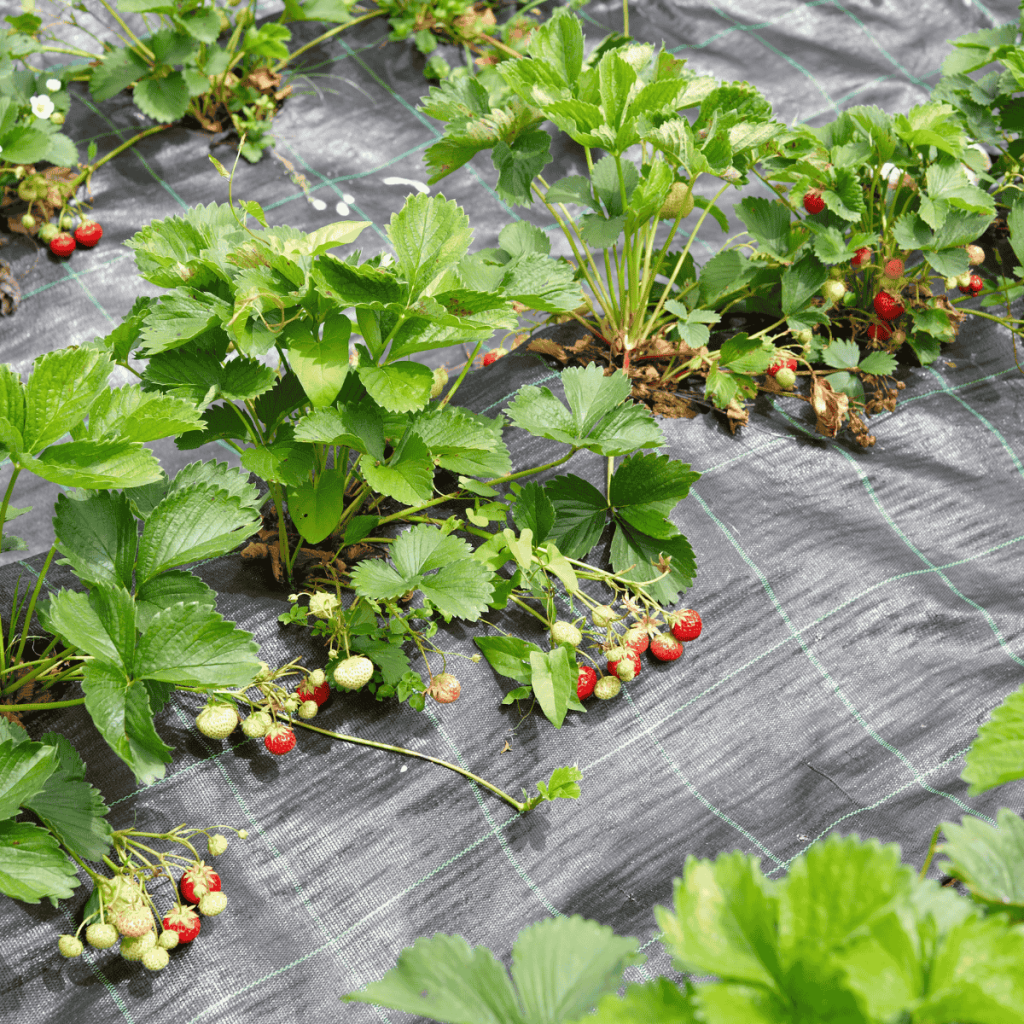
Similar to the Bio360 mulch, you can allow runners to grow and create new strawberry plantings by cutting a small slit in the plastic and tucking the runners in the slits so that they can touch the soil.
If you need maximum control over weeds and temperature in a short growing season, black plastic sheeting can be a helpful tool.
So Which Mulch is Best for Strawberries?
In my experience, wood mulch, especially rugged bark, offers the most balanced benefits. It holds moisture, feeds the soil, deters pests, and gives new plants room to spread. Pair it with pine straw or leaf mulch for even more layered protection and fertility.
Whatever you choose, remember: mulch isn’t just a cover—it’s a key part of your soil and plant health.
So give your berries the foundation they need—and get ready for a garden that feeds both your body and your kitchen table.

When Is the Best Time to Mulch Strawberry Plants?
Timing your mulching efforts can make just as much difference as choosing the right material, but there is no wrong time to add mulch. Strawberries respond well to seasonal mulch applications that align with their natural growth cycles.
Here’s a breakdown of when to mulch for the best results in your strawberry beds:
1. Early Spring through Late Spring – Just as New Leaves Emerge
Once the plants begin to leaf back out and show new growth, it’s time to apply your spring mulch.
In early spring, pull back and scatter any old, matted mulch left from the previous season to allow for airflow and sunlight. Add your preferred fertilizer around the plants.
Then, add a fresh layer of mulch (like wood chips, pine straw, or leaf mulch) to help retain soil moisture, suppress weeds, and protect fragile flower buds from sudden temperature swings.
This also helps reduce the spread of fungal diseases by keeping the foliage and developing fruit clean and off the soil.
2. After Harvest – Refresh the Mulch Layer
Once your main berry harvest is over, your strawberry plants will still be active. This is the perfect time to add additional fertilizer to replenish what the plant has used during fruiting and refresh your mulch.
Cover any broken-down mulch material and replace it with a new layer to continue supporting the plants through the rest of the growing season. Remove any spent plants at this time, or dig up any runners you wish to transplant.
This also helps maintain healthy soil conditions and gives developing new runners a welcoming environment to take root, especially if you’re looking to propagate new plants.
3. Before the First Frost – Add Winter Protection
As temperatures drop, your final mulching job is focused on winter protection. Before the first hard frost—typically in late fall—add a thicker layer of mulch, such as straw mulch, pine needles, or clean leaf mulch all around the plants. In my zone (zone 7) this happens near the end of October or early November for me. Check your hardiness zone here.
This insulates the crowns of your strawberry plants, prevents winter injury, and helps ensure a strong comeback the following spring.
This final layer should stay in place until the weather begins to warm and plants start pushing up new leaves again.
Want to Grow More Plants from Runners?
After fruiting, strawberry plants shift their focus to survival. Like all plants, their main concern is reproduction. Some plants reproduce through seeds, tubers, and corms.
Strawberry plants primarily reproduce through runners (though they do also produce seeds). Strawberry runners, or stolins, are a way for the plant to reproduce asexually.
In short, strawberry plants push out long stems with little clones at the ends of the stem that can take root and produce another plant if allowed to grow.
Delicious Ways to Use Up Your Strawberry Harvest:
After nurturing your berries through spring and summer, don’t let them go to waste. Strawberries are incredibly versatile in the kitchen, from sweet desserts to savory dishes.
One of my favorite ways to enjoy fresh garden berries?
- Strawberry Basil Balsamic Dressing—it’s bright, tangy, and the perfect use for those just-picked berries.
- On top of a delicious pound cake, or used in between the layers in a pound cake trifle.
- Macerated on top of yogurt for a healthy topping.
- Strawberry Chia Seed Jam
Free Mulching Guide:
Mulching has many considerations, but it doesn’t have to be difficult. That’s why i’ve distilled all the major mulching considerations down into one handy Mulching Cheat Sheet.
Grab my free PDF mulching guide cheat sheet to make mulching your garden a breeze:
